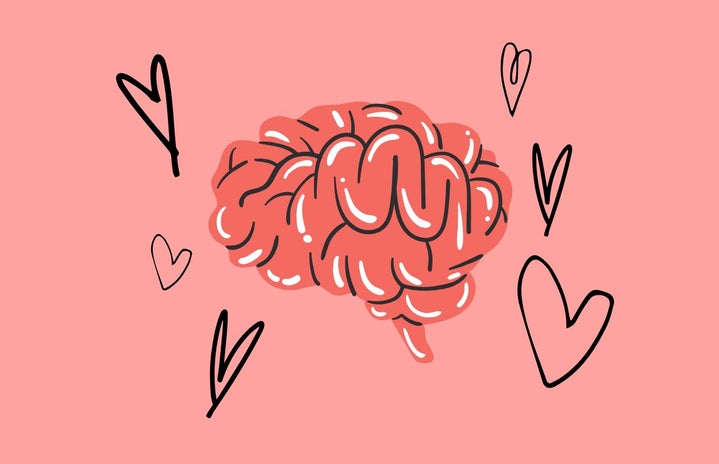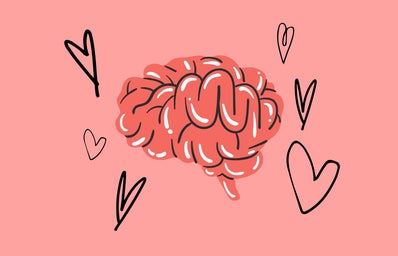I was diagnosed with Bipolar Disorder around this time last year. As I’m approaching my one-year anniversary of being properly diagnosed, I thought it would be fitting to document how my life has changed since my diagnosis, and debunk some myths about Bipolar Disorder.
Bipolar is a mood disorder and is associated with extreme highs and lows in mood swings. People with Bipolar Disorder experience waves of mania and depression, and often what’s called a “mixed episode,” where you experience symptoms of both mania and depression at the same time. The cycling period lasts a different length of time for everyone. For me, my longest period of mania was about four months, and my longest period of depression was about eight months. Some people experience mood swing episodes multiple times a year, and for some people, the cycle happens much more rarely. Bipolar Disorder is a lifelong condition, but it’s extremely manageable with medications and therapy. Most of the time it develops in the late teens and early 20s, but often goes undiagnosed or misdiagnosed for a long time, as symptoms present differently in everyone.
Bipolar Disorder is not just being moody or switching from one emotion to another within seconds. When someone’s mood changes within a second, that is called being a human with mood swings. The worst thing for a Bipolar person to hear is, “You’re being so bipolar right now!” when someone is simply having a mood swing or displaying a wide range of emotions. Most don’t understand that people with Bipolar Disorder experience severe, disruptive episodes.
Another misconception is one surrounding mania or manic episodes. Many people think that mania is the opposite of depression, meaning that they think a manic episode is when you’re happy. Mania is the most terrifying thing I have ever experienced. While yes, I am relatively happy, I am also all the other emotions that come with an overflow of energy. I am irritable, angry and on edge. As the energy level of a manic episode increases, the earlier stated happy mood tends to degenerate into a more agitated and psychotic state which may be experienced more as terrifying than happy. For many, mania and psychosis go hand in hand; people believe they can do literally anything and survive. They are God, they drain all their money and never sleep or eat because they don’t have to. I never want to experience that feeling again, and I’m so grateful for the mental stability that my medications offer me.
I fought for a proper diagnosis for a long time, and I was so relieved when I finally got it, but was so ashamed of the disorder that came with it. For a very long time, I told as few people as possible, especially that I had to be medicated for my mental health. It took me about six months to be comfortable telling people, and now I’ll educate anyone who will listen. My life has changed so much for the better since I received my diagnosis, but it still requires a lot of vulnerability to talk about it.
I’m working every day to de-stigmatize Bipolar Disorder, and I hope that you can take something positive from this article. If you liked it, be sure to check out the rest of our website!


